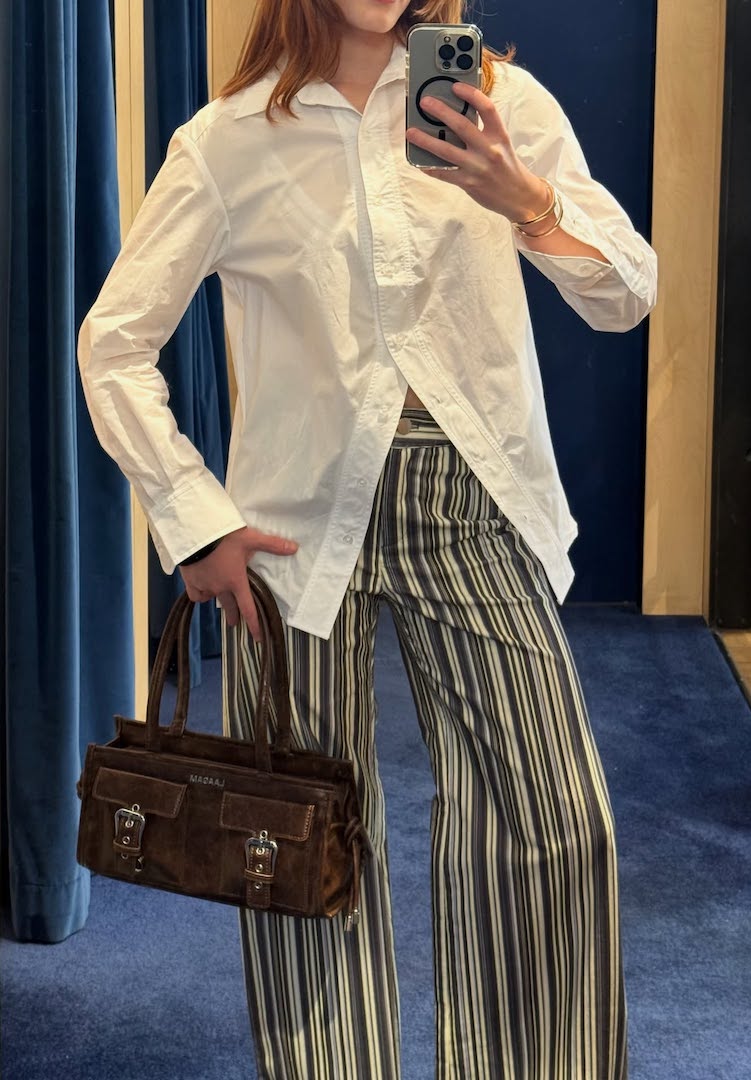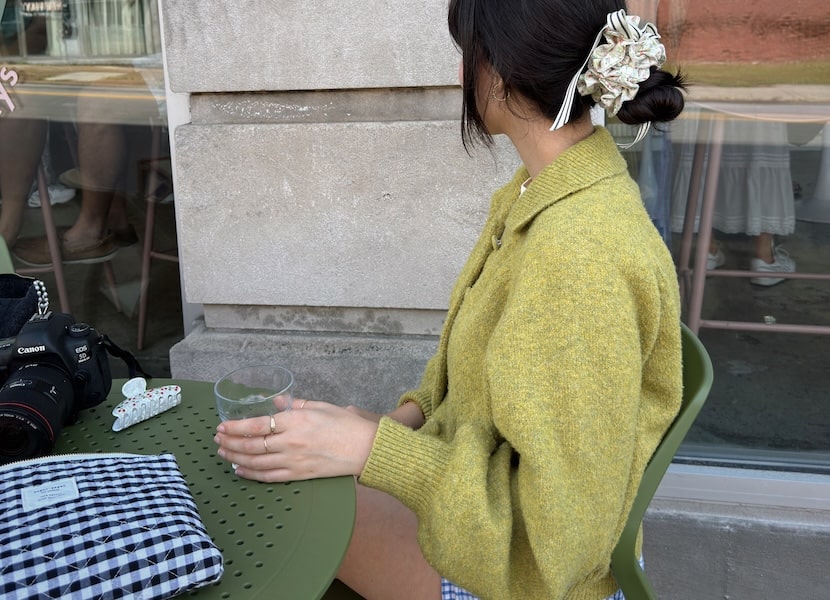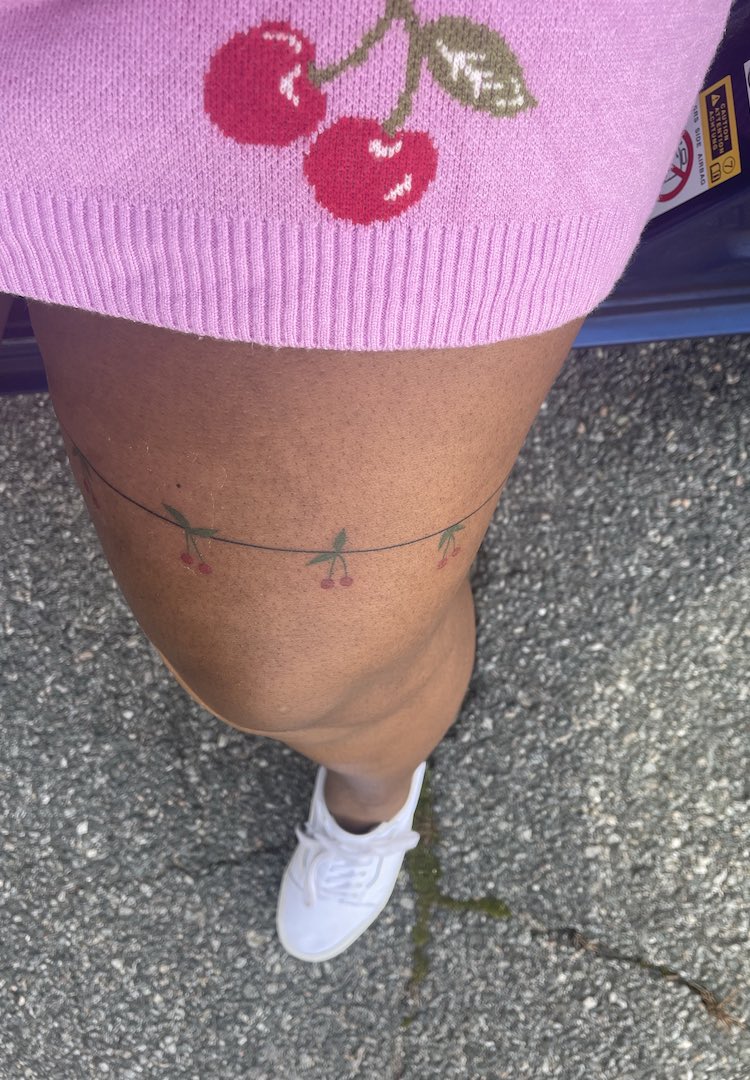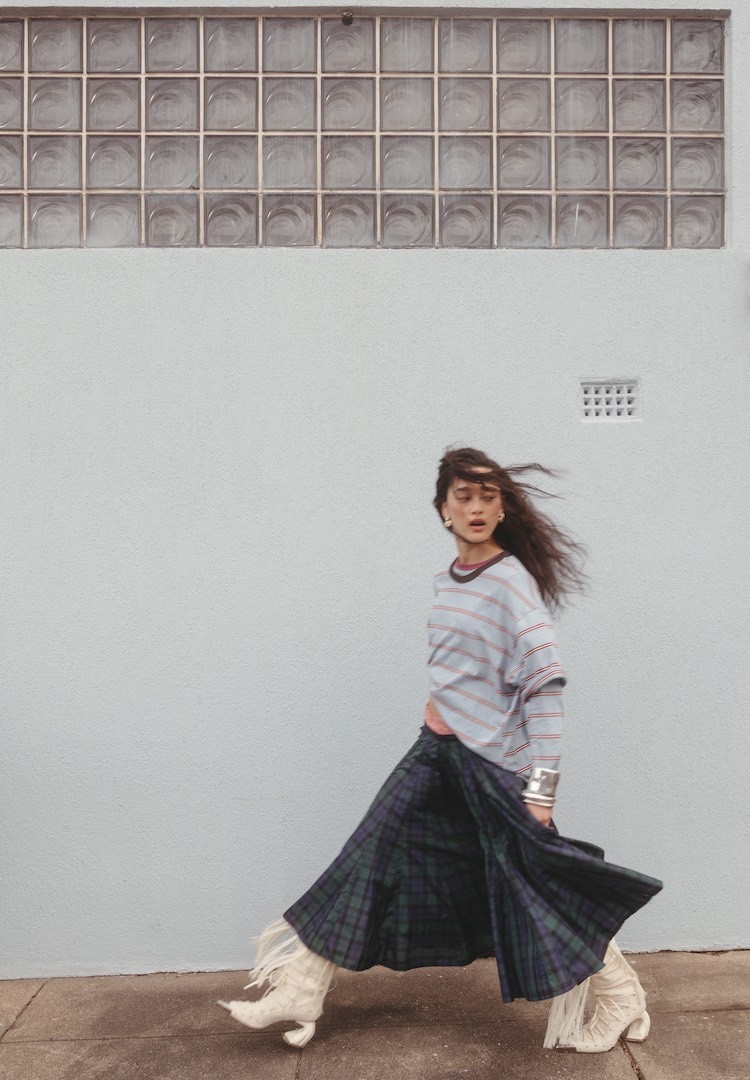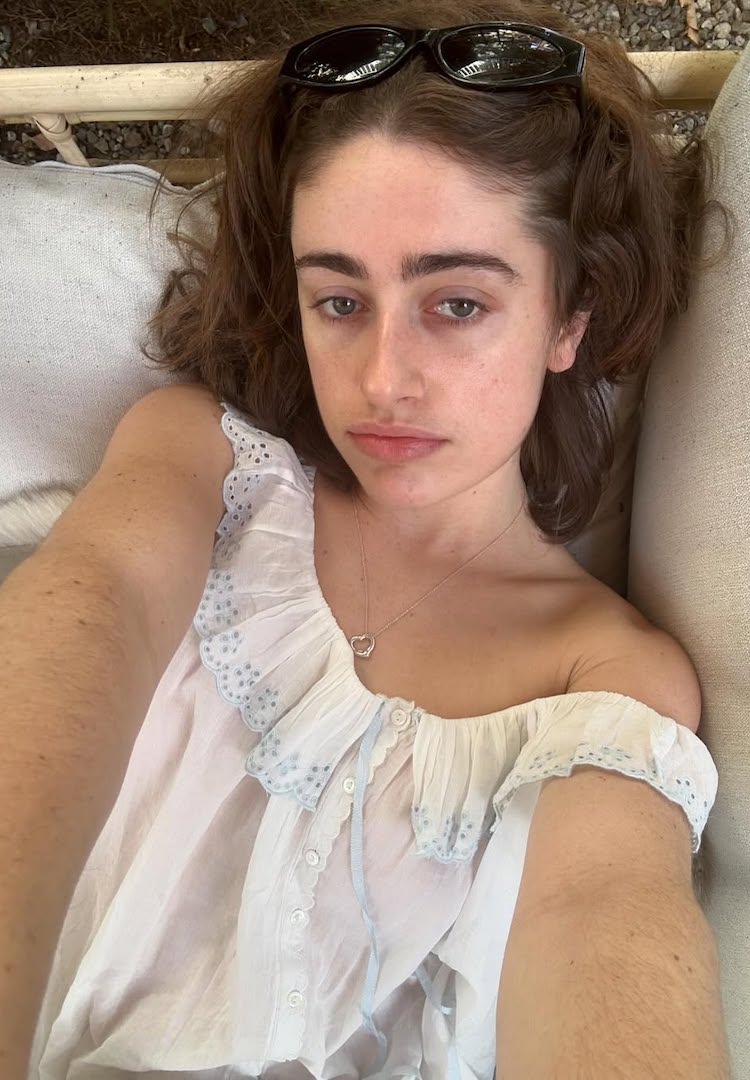Unpacking the problem with the French girl aesthetic
WORDS BY ROSE CLEARY
“The hallmarks of the style, like pearl necklaces and vintage Chanel hand-me-downs, are coded nods to the upper classes.”
She’s pervasive in culture and media. She’s a young woman most likely from Paris, White and thin, naturally beautiful and effortlessly put together. In fashion terms, the French girl is synonymous with timelessness: Breton stripes, monochrome, beige trench coats, the perfect simple T-shirt and jeans.
Suggestions on how to mimic ‘Parisian chic’ proliferate in articles, books and YouTube tutorials. The French girl is probably one of the most enduring marketing campaigns across beauty, fashion, homewares and holidays. In my novel, How to Be a French Girl, the protagonist is consumed by a drive to emulate the French girl ideal.
For more fashion news, shoots, articles and features, head to our Fashion section.
She scours the internet to achieve the look, purging her wardrobe and going into financial overdraft to reinvent herself. The desire to transform ourselves through our fashion choices isn’t uncommon, and it’s easy to see why the Parisian aesthetic has such appeal. It’s the ability to look ‘complete’ without trying too hard. But where does the idea of French women being the epitome of elegance really come from?
Following the American Revolution (from 1765 to 1783), elite society believed Europe possessed a rich, worldly culture. The continent became a popular holiday destination for American elites, scholars and creatives, who would write about their travels and bring back romantic evocations of their adventures. Visiting the continent (and in particular, France) became a baptism of prestige for the wealthy elite.
Vogue was founded in 1892 as a weekly journal aimed at New York’s high society. It was only natural that France, as the birthplace of haute couture, was the focus of fashion inspiration – and by then, Paris was the fashion capital of the world. Vogue published articles denoting how to replicate French styles of dress.
Come the 1920s, Coco Chanel’s designs (and her hairstyle) became seen as the desirable dress code for Parisian women. In 1926, Vogue published an image of Chanel’s ‘little black dress’ – a monochrome blueprint echoing across ideas of French fashion for years to come.
As Western culture spread internationally, the French girl came with it. Each decade attributed different actors and models to the French girl style – like a blonde Brigette Bardot in a tweed skirt and matching jacket. They were innocent but still sexy. Serge Gainsbourg produced tracks with young female vocalists who had whisper-sing voices, solidifying the ‘femme enfant’ in popular culture.
From the French girl’s beginnings in Vogue to her representations across media today, she hasn’t strayed far from slim, White, heterosexual and cisgender. And the hallmarks of the style, like pearl necklaces and vintage Chanel hand-me-downs, are coded nods to the upper classes. Her ‘femme enfant’ characterisation – a naive, attractive young woman – functions as a troubling sexualised trope aimed at male viewers.
Our idea of what makes a French girl has changed to mirror the values of each epoch. In the 1990s, she wore only matching designer lingerie from Galeries Lafayette. Today, she probably forgoes wearing a bra (because she’s slim, and her boobs are small enough to do this without causing uproar).
She’s been shaped by diet culture too – previously mainlining black coffee and cigarettes, today she will indulge occasionally (but she stops eating before she is full). And she never drinks more fine wine than she can handle, because that would be unladylike.
Journalist Alice Pfeiffer deconstructs the French girl appeal in her book, Je Ne Suis Pas Parisienne. Recounting the differences in her upbringing between Paris and London, she describes the pressure she felt to fit the European ideal.
She noticed a certain self-surveillance in French women. They didn’t take up too much space, didn’t eat or drink too much, and didn’t express themselves too wildly. The concept has come to represent what is considered ‘acceptable’ within societal parameters. It’s a model for feminity. And yet, the appeal of becoming her remains undeniable.
As the concept spreads to TikTok and Instagram, French fashion has come to represent complete escapism. Creators cut their hair in blunt bobs and film themselves sitting outside cafes in the rain, carrying bags full of flowers and baguettes.
The appeal of French girl style goes deeper than dress sense. It’s a lifestyle aspiration. It‘s a desire to appear elevated and to move through the world untouched by reality’s problems, and look chic while you’re doing it.
This article was originally published on September 15, 2023.
How to Be a French Girl by Rose Cleary, published by Weatherglass Books, is available now.



